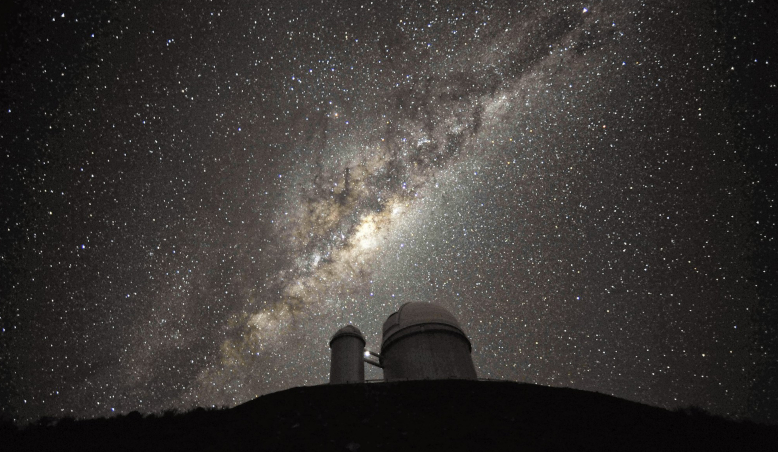It may have taken nearly 13.8 billion years for humanity to reach the stage where we are thriving on the only habitable world we truly know of, but a team of Italian scientists studying potentially disruptive astrophysical transients throughout cosmic history say that actually, the best place and time to live in the Milky Way was more than 6 billion years ago on the outskirts of the galaxy.
The Universe is populated with a plethora of astrophysical phenomena that could decimate life on Earth in a fraction of the time it took to get established in the first place.
It would only take a nearby high-energy transient such as a supernova or gamma-ray burst (GRB) to destroy our atmosphere, which in turn would allow Earth’s surface to be flooded with powerful radiation blasting out from the Sun.
The destruction of the ozone layer would produce nitrogen compounds that would reduce the amount of visible sunlight reaching the ground, thus causing global cooling.
Marine life such as phytoplankton, which is crucial for the food chain and oxygen production, would be wiped out and the resulting chain of events would have a devastating impact on the world. Life as we know it would be altered beyond recognition.
So would inhabitants on Earth be less at risk if our planet was elsewhere in the galaxy? According to a new study headed by Riccardo Spinelli, PhD student at the University of Insubria and INAF associate in Milan, the answer is yes – we missed the best place to live by a few billion years and by a few thousand light years.
Using computer simulations to model the evolution of our galaxy, Spinelli and colleagues showed that until 6 billion years ago, planets in the central regions of the galaxy – between 6500 and 26,000 light years (2 to 8 kiloparsecs) from the galactic center – were subject to many explosive events able to trigger a mass extinction. For reference, the Sun is approximately 26,670 ± 110 light years (8.2 kiloparsecs) from the galactic centre.
This was because the inner regions, as opposed to the peripheral regions, formed quickly in the early stages of the history of our galaxy. As such, living on the edge, so to speak, was more beneficial than having a pied-a-terre in the heart of the galaxy.
Fast forward a couple of billion years to 4 billion years ago – shortly after Earth started evolving – then the tables were turned. Heavy elements spewed out by generations of star formation reduced the frequency of GRBs, leaving the most central regions of the galaxy a more safer place to live.
Meanwhile, the outskirts of the galaxy took a turn for the worse, as an increase in star formation led to more powerful GRBs swamping space with radiation.
“As time passed, the star formation rate decreased in the centre and gradually increased in the periphery,” adds co-author Francesco Haardt, professor at the University of Insubria and INAF associate. “Consequently, the primordial gas of hydrogen and helium was enriched with heavier elements (oxygen, carbon, nitrogen) quickly in the center of the Milky Way, while in the periphery it was enriched more gradually, without however reaching the high metallicities of the central regions”.
Although other high-energy events such as supernovae can have devastating effects on inhabited worlds, Spinelli and colleagues lay the blame firmly on gamma-ray bursts for having a hand in wiping out life.
“Excluding the very central regions, less than 6500 light-years from the galactic center, where supernova explosions are more frequent, our study suggests that evolutionary pressure in each epoch is determined by GRBs mainly”, Spinelli says. “Although they are much rarer events than supernovae, GRBs are able to cause a mass extinction from larger distances: being the most energetic events, they are the bazookas with the longest range”.
Could it have been one of those bazookas that caused a mass extinction event on Earth around 445 million years ago (Myr) ago in the late Ordovician period?
Yes, says Spinelli and colleagues; “at the distance of the Solar system from the galactic center, this work estimates there has been at least one lethal GRB in the last 500 million years, possibly associated with the first great extinction.” Thankfully adds Spinelli, “the worst seems to be over.”
The best place and time to live in the Milky Way has been published today in the journal Astronomy & Astrophysics.











